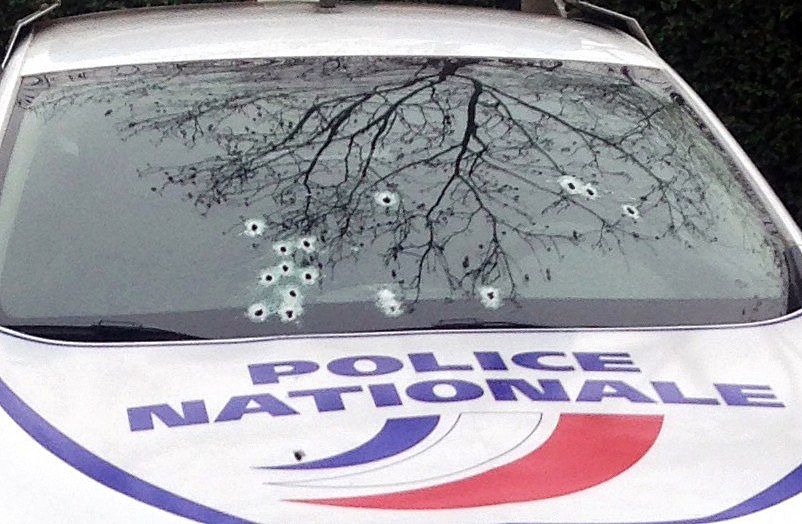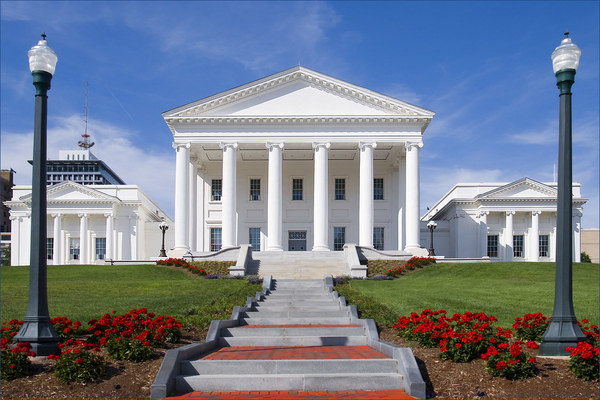by Ofra Bengio
Thirty years after the war, Iran has changed from a
sworn enemy to the force exerting the greatest control over Iraq.
 |
| Demonstration in Baghdad, October 1, 2019, photo via Wikipedia |
BESA Center Perspectives Paper No. 1,398, January 10, 2019
EXECUTIVE SUMMARY: The
killing of Qassem Soleimani could prove to be a turning point in the
history of the Middle East as a whole, but first and foremost in Iraq.
That country has been contending for months with a popular uprising that
has produced chaos and turned it into an arena for a titanic battle
between Iran and the US.
The Iraqi uprising erupted on October 1, 2019.
Several months earlier, an Iraqi journalist published a scathing article
under the headline, “Is Iraq Now a Leaf Blowing in the Wind?”
To answer that question, we need to look into the
roots of the problems in post-Saddam Iraq, the cycles in which the
country has been trapped since its establishment, and the possible
impact of the uprising on Iraq’s future.
The 2003 US-led invasion created high expectations
of societal rehabilitation, democratization, economic wellbeing, and
political stability. In reality, the result was a radical crackup the
likes of which Iraq had not known since its creation in 1920. The war
precipitated a sharp transition from centuries-long Sunni domination to
Shiite rule. The reins of power thus passed into the hands of
inexperienced Shiites, while the Sunnis, stripped of their historical
status, became fixated on turning the clock back in whatever way
possible.
Iraq also underwent another sudden, sharp
transition: from an untrammeled dictatorship to a democracy imposed from
above. The population that was supposed to manage this democracy was
completely unprepared for such a transition.
There were yet further major changes. Another was
the shift from centralized to decentralized rule. Baghdad, the capital,
had trouble properly administering the peripheral parts of the country.
Rule transitioned from a single party, the Baath, to a welter of parties
and factions fighting among themselves for power and influence.
The anarchy was intensified still further by the
dismantling of Saddam Hussein’s army, which numbered about a million
soldiers in its heyday. It was replaced by an improvised army, the
extreme weakness of which enabled the rise of the Shiite militias known
as al-Hashd al-Shaabi. The great majority of these militias are under
Iran’s authority.
Another deep-seated problem afflicting Iraq is the
endless cycle of violence, which continues to leave deep scars on the
society. Under the Baath regime, the population suffered three of the
most deadly wars in its history: the Iran-Iraq War (1980-88), the Gulf
War (1991), and the 2003 war. But even after the last of those conflicts
ended, peace did not return to Iraq. A civil war erupted that lasted
until 2008. That war fostered the rise of the Sunni terror organizations
al-Qaeda and ISIS, which sowed destruction and bedlam in the country
(and beyond).
The latest cycle, now at its zenith, is the Iraq uprising, which has been raging for about three months and has no end in sight.
The uprising has several unique features. First,
the struggle is within the “Shiite house”: Shiites are battling Shiites
while the Kurds and the Sunnis watch from the sidelines. Another feature
is the struggle between those who consider themselves Iraqi patriots
and those who see themselves as pro-Iranian Iraqi Shiites. There is also
a more camouflaged confrontation between the pro-Iranian and
pro-American camps. Overall, the popular uprising is directed at the
state institutions, which are viewed as corrupt and rotten to the core.
The insurrectionists are demanding no less than a
fundamental change in the system of government, including the annulment
of the 2005 constitution, which distributed power among the different
ethnic groups. The insurrectionists have not hesitated to strike hard at
symbols of authority and the militias and security forces have hit back
with great violence, killing over 500 people. Meanwhile, battles are
being waged in many domains of national and religious identity over
control of the economy, the military, governmental institutions, and the
orientation of the country.
At present, the “mediating” force between the
insurrectionists and governmental institutions is Iraq’s most senior
Shiite leader, Ayatollah Ali Sistani, who emphatically backs the
insurrectionists’ demands. Also taking a prominent role and building up
their power amid the prevailing anarchy are tribal leaders. They are
trying to fill the governmental vacuum that opened with the resignation
of PM Abdel Mahdi, the paralysis afflicting the parliament, and the
inability to reach agreement on ways to solve the country’s deep-seated
ailments.
Complicating these structural problems even
further is the fact that Iraq is caught between two hugely powerful
external forces that it can neither control nor choose between. On one
side is the US, which opened a Pandora’s Box in 2003. Until recently,
the Trump administration simply wanted to get out of Iraq with minimal
damage to the US and the Middle East. Things have not gone as it wished.
Iran, meanwhile, wants to continue to expand its power and influence as
much as possible. Indeed, Tehran is essentially continuing the
Iran-Iraq War by different means, taking over its western neighbor
through “soft power.” Thirty years after the war, Iran has changed from a
sworn enemy to the force exerting the greatest control over Iraq.
The US-Iranian struggle for control over Iraq
recently escalated to a frontal clash between Washington and Iran’s
proxy militias in Iraq.
After one of these militias attacked a US base,
killing an American contractor and wounding American soldiers, the US
hit back. On December 29, 2019, at a base of the Iranian-backed Kataib
Hezbollah group, the US conducted a strike that killed 25 of the group’s
fighters.
A short time later, the Tehran-controlled al-Hashd
al-Shaabi militias besieged the US embassy in Baghdad and sowed
destruction in its vicinity. The Iraqi army did not lift a finger to
intervene.
Although the militias withdrew from the embassy
compound after one day, the Trump administration had a fierce response,
and it was not long in coming. On January 3, 2020, a US drone airstrike
killed Qassem Soleimani, who was commander of the Quds Force and in
charge of the activity of the Iranian Revolutionary Guard Corps outside
Iran. Killed along with him were nine other people, including Abu Mahdi
al-Muhandis, deputy commander of al-Hashd al-Shaabi.
The popular uprising manifests the rise of strong
anti-Iranian Iraqi-Shiite patriotism—and at the same time, an upsurge in
anti-American sentiment that demands a US military withdrawal. The big
question is which of these trends will prevail. At the moment, it
appears doubtful that the anti-Iranian camp is capable of ousting Tehran
from all the power centers it has built up around the country. It is
also hard to imagine Iran giving up the political, economic, and
strategic clout it has painstakingly accrued over the years. On the
other hand, it is difficult to envision the Trump administration, with
all its desire to exit Iraq, folding now that Tehran and its supporters
have challenged it so starkly.
As long as the Iranian-US struggle continues to
rage on Iraqi soil, the country will be unstable, especially as the
insurrectionists offer no clear alternative to the country’s structural
problems.
In a recent article, the Shiite commentator Sajjad
Taki Quttam claimed that “the crisis in Iraq does not stem from the
fact that it is a united country that some are trying to divide, but
from the fact that it is a divided country that some are trying to unite
by force.” His advice is that each of the three parts of Iraq go its
own way, which seems to be happening in any case. Arab-Shiite Iraq is in
the throes of an unprecedented crisis, but the Sunni region is quite
calm, and the Kurdish enclave is flourishing.
In view of this situation, perhaps an Iraqi
federation would provide a solution. But after recent events, any
solution to Iraq’s problems appears very distant indeed.
Prof. Ofra Bengio is a senior researcher at
the Moshe Dayan Center of Tel Aviv University and a lecturer at the
Shalem Academic Center. She has published many studies on the Kurdish
issue, the most recent of which is the forthcoming Kurdistan’s Moment in the Middle East. Email: bengio@post.tau.ac.il
Source: https://besacenter.org/perspectives-papers/iraq-uprising/
Follow Middle East and Terrorism on Twitter



